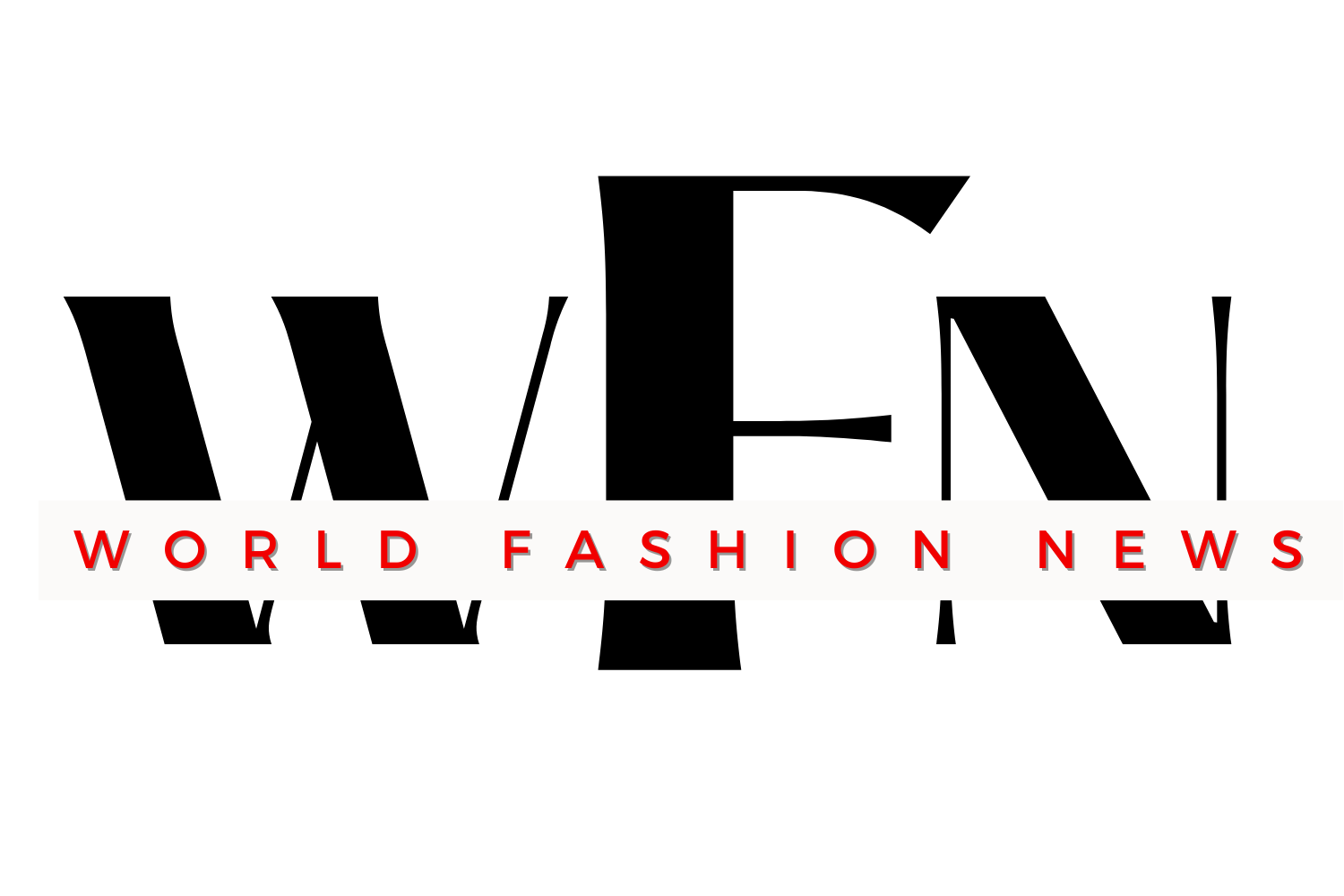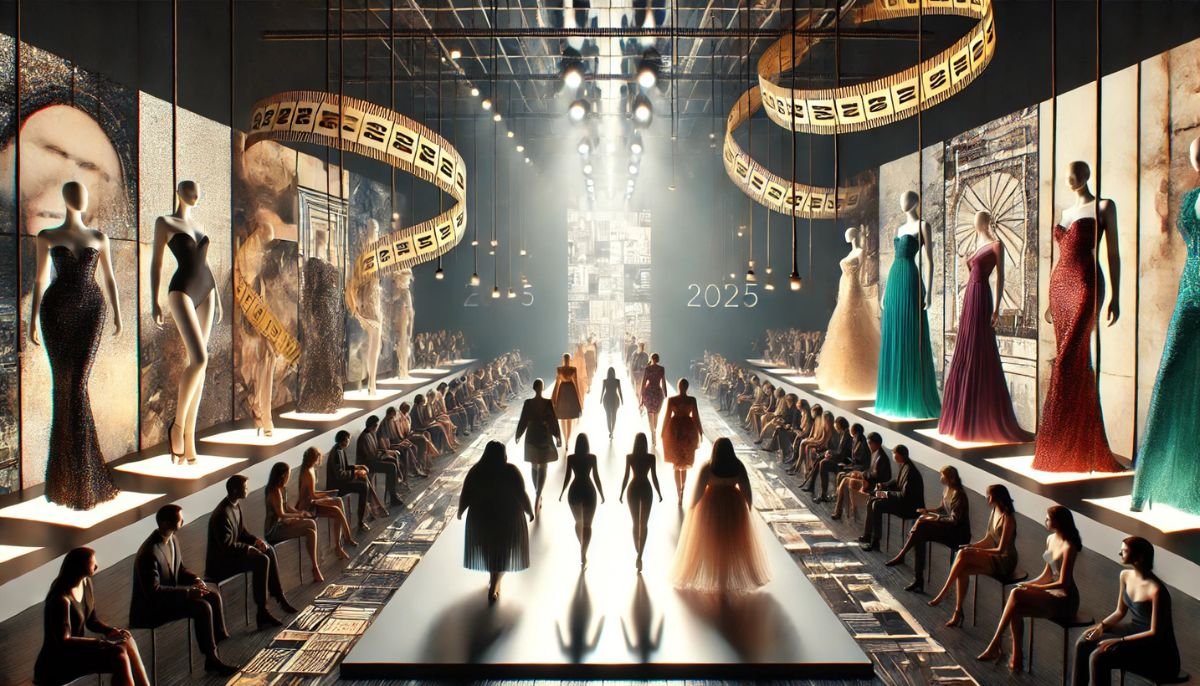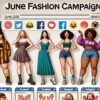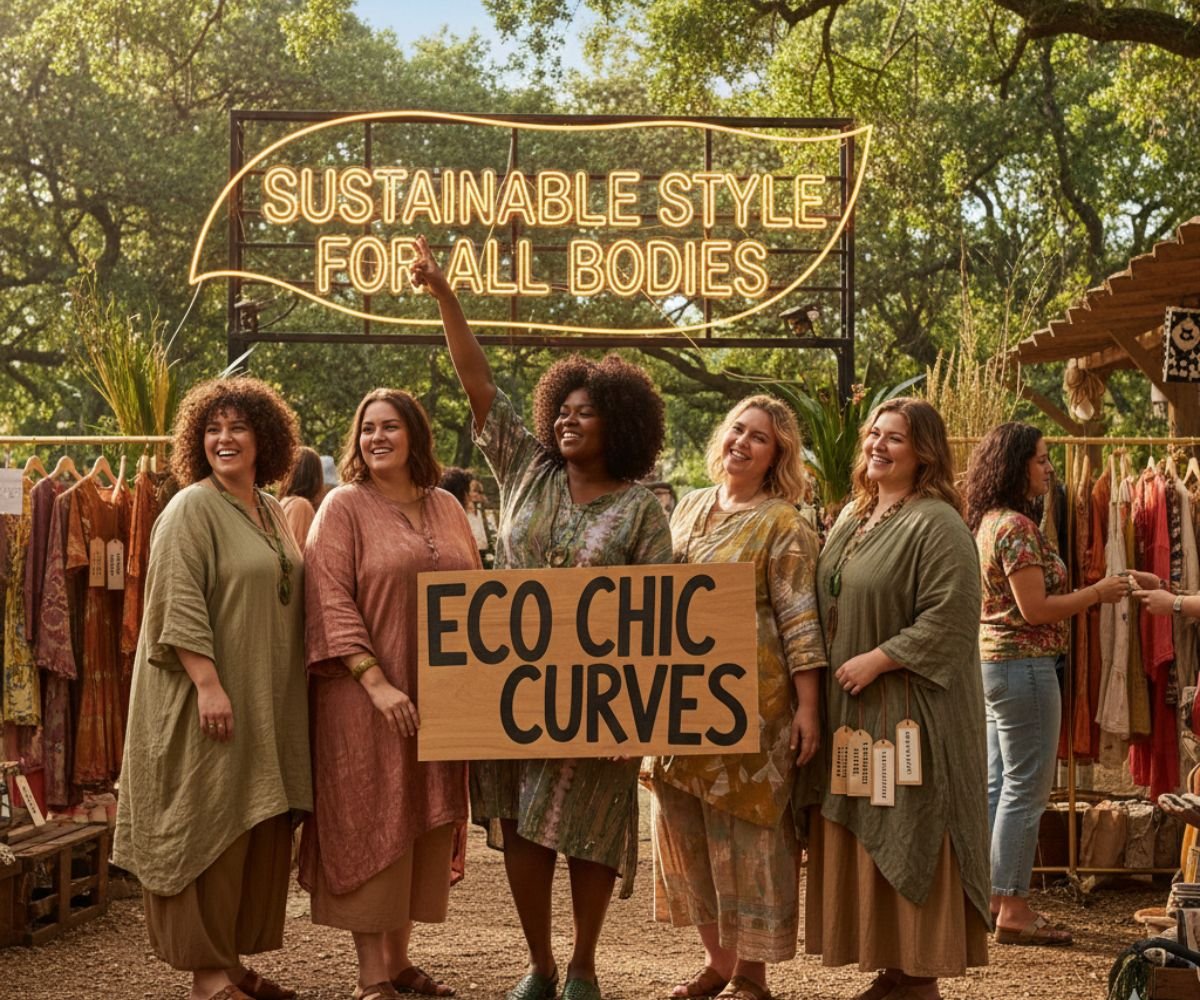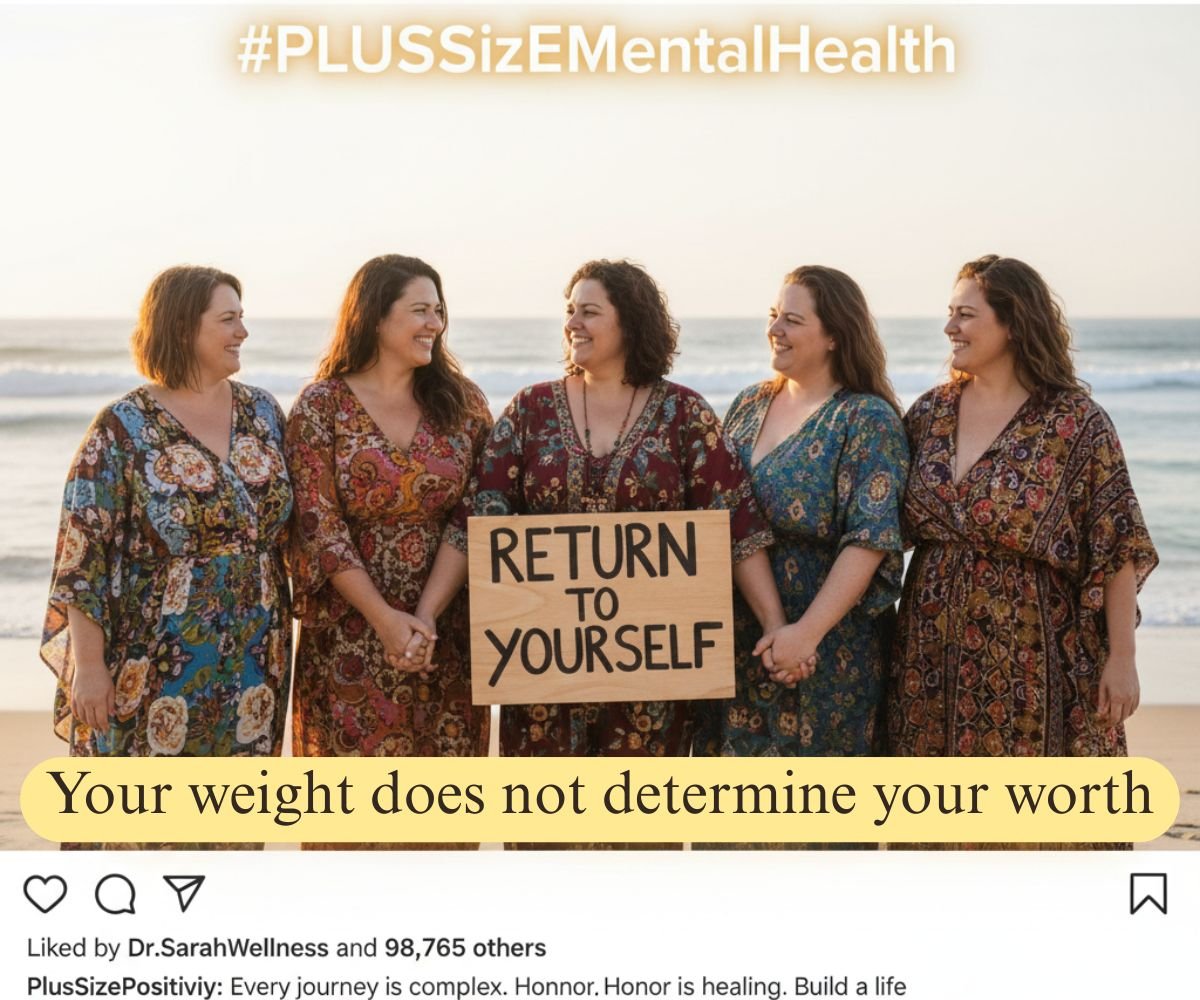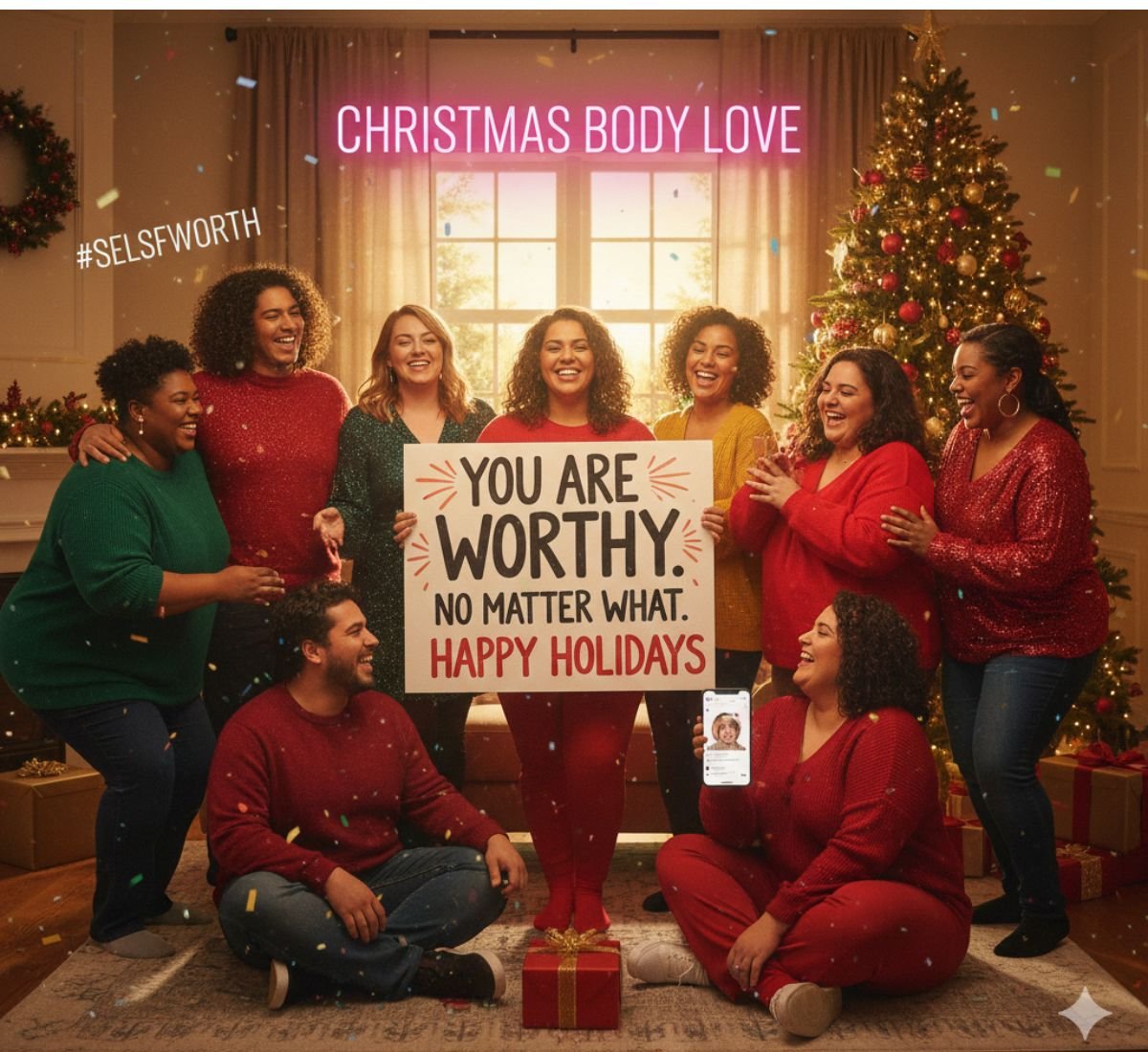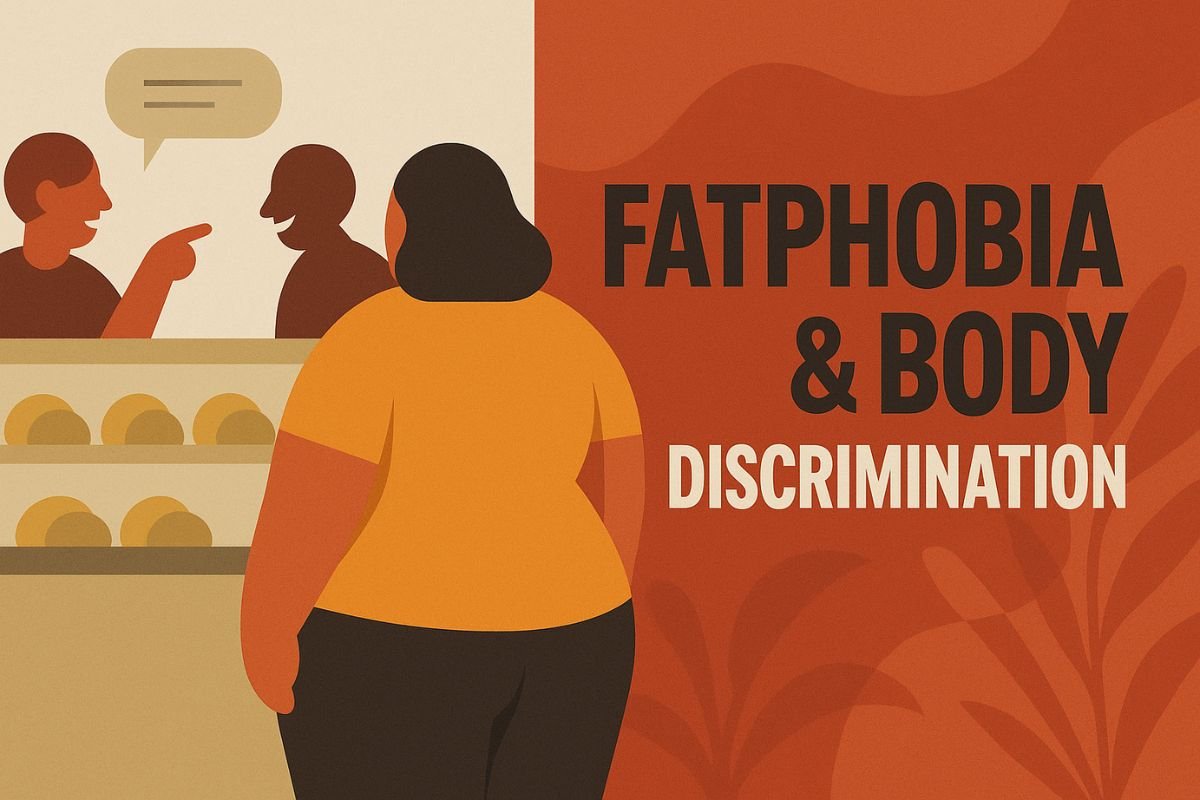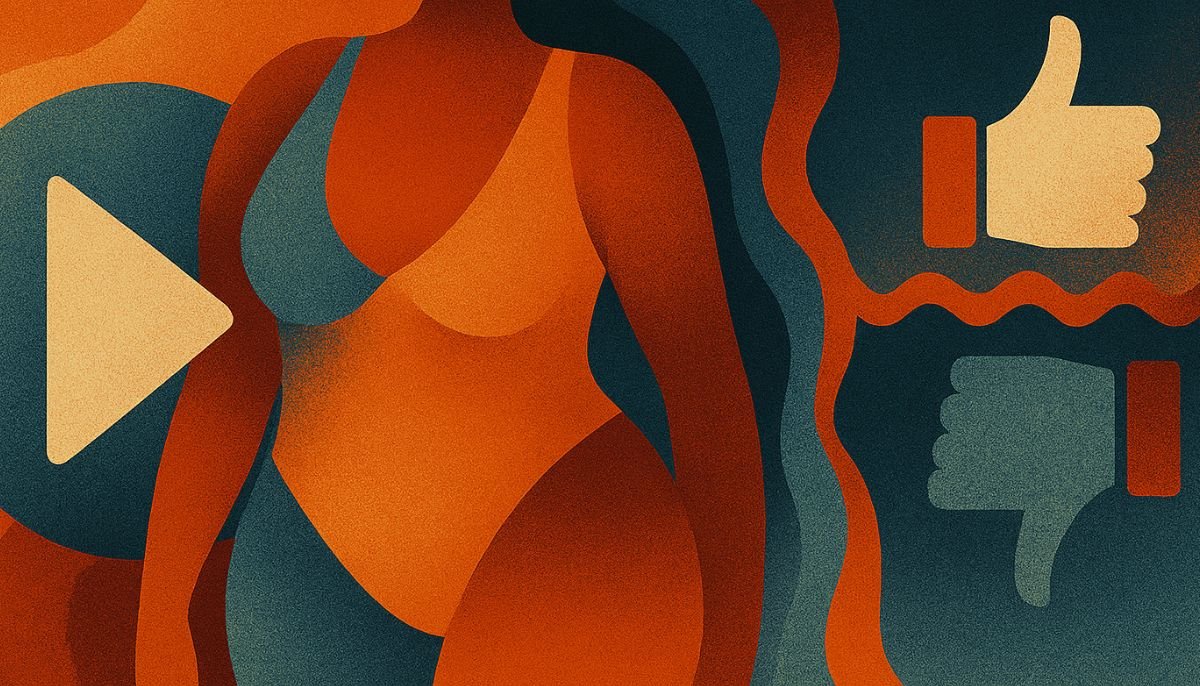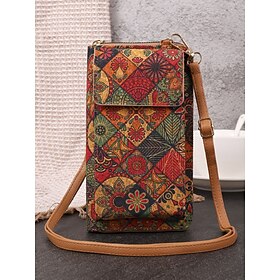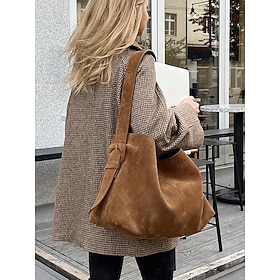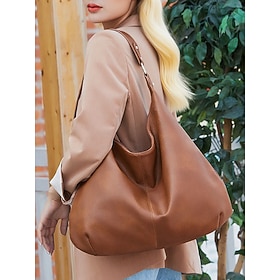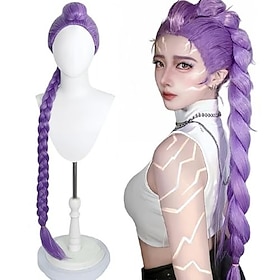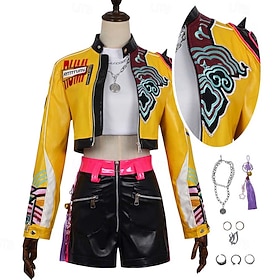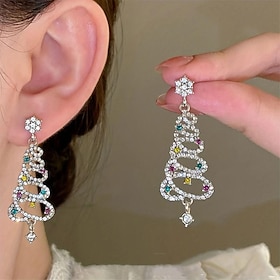A brief overview
The Spring/Summer 2025 fashion shows, held in late 2024, revealed a stark lack of progress in plus-size representation. Only 0.8% of runway looks featured plus-size models, underscoring the persistent struggle to achieve genuine inclusivity in high fashion. This statistic highlights the ongoing dominance of unrealistic beauty standards and reflects a broader critique of the industry’s approach to diversity.
The Persistent Gap in Plus-Size Representation
A comprehensive analysis by Vogue Business examined 8,763 runway looks from 208 shows across major fashion capitals: New York, London, Milan, and Paris. The findings were striking:
- 0.8% of runway looks featured plus-size models (U.S. size 14+).
- Only 4.3% were medium-sized models (U.S. size 6-12).
- The overwhelming majority of models represented straight sizes (U.S. size 0-4).
These figures remain virtually unchanged from the previous season, suggesting minimal effort toward improving size diversity on the runway.
The Role of Weight-Loss Drugs in the Stagnation
Experts suggest that societal trends, such as the rising popularity of weight-loss drugs like Ozempic, have contributed to this stagnation. These drugs have reshaped beauty ideals, reviving a preference for thin body types reminiscent of the “heroin chic” aesthetic of the 1990s. This regression has raised concerns among body positivity advocates, who fear it could undo years of progress toward celebrating diverse body sizes.
Trailblazers Leading the Way: Caroline Vito and Bach Mai
Amid the lack of inclusivity, some independent designers demonstrated that representation is achievable:
- Caroline Vito broke new ground by showcasing 100% medium and plus-size models in her show.
- Bach Mai featured 52.5% medium and plus-size models, setting a new standard for diversity.
In stark contrast, major luxury brands like Gucci, Dior, and Chanel failed to include a single plus-size model in their presentations, highlighting the industry’s inconsistent approach to inclusivity.
From Caroline Vito’s Instagram Post
הצגת פוסט זה באינסטגרם
“The absence of size diversity is not just a fashion issue—it perpetuates unattainable beauty standards that negatively impact consumer self-esteem.”
The Missed Economic Opportunity
Beyond the lack of representation, this gap signifies a missed economic opportunity. By ignoring a significant segment of potential consumers, brands overlook not only their purchasing power but also the chance to connect with a broader audience.
The average American woman wears a size 16-18, yet high fashion continues to disregard this demographic. This exclusion perpetuates a narrow definition of beauty while alienating a substantial portion of the market.
The Need for Systemic Change in High Fashion
While independent designers are making meaningful strides, the broader high-fashion landscape remains entrenched in its preference for thinness. Achieving true inclusivity in fashion requires more than isolated efforts; it demands a collective commitment to authentically represent all body types and embrace the diversity of real-world consumers.
